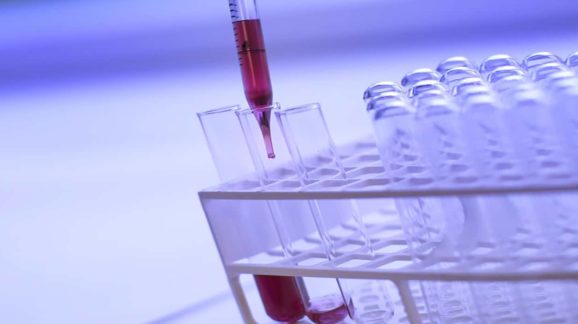Excessive Caution at EPA Produces Absurd Conclusions

 In an April 24 blog post, I detailed why a recent National Academies of Sciences review of the Environmental Protection Agency’s Integrated Risk Information System—a research program that conducts chemical risk assessments—should be disregarded. Basically, NAS did nothing more than pat EPA on the back for having finally implemented some of NAS’s recommended procedural reforms that the agency should have put in place nearly a decade ago.
In an April 24 blog post, I detailed why a recent National Academies of Sciences review of the Environmental Protection Agency’s Integrated Risk Information System—a research program that conducts chemical risk assessments—should be disregarded. Basically, NAS did nothing more than pat EPA on the back for having finally implemented some of NAS’s recommended procedural reforms that the agency should have put in place nearly a decade ago.
However, even if IRIS does finally implement all NAS-recommended reforms, it’s unlikely to fix the program and ensure its risk assessment make sense. I detail in Science 2.0 today that the program is fundamentally flawed because its excessively cautious approach produces absurd and useless conclusions about chemical risks. You can read the entire article on Science 2.0, but here’s an excerpt highlighting some of IRIS’s foolish findings.
In a short but helpful paper, scientists at the American Chemistry Council detailed a few examples of IRIS’s excessively cautious reference doses. Using that information, one could draw these ludicrous conclusions:
- If you believe IRIS, human breast milk is naturally dangerous and should be banned! The human body produces acetone, and the levels naturally found in breast milk are almost two times the IRIS reference dose. “Thus,” ACC scientists point out, “the IRIS analysis suggests that the daily doses of acetone in mother’s milk are unsafe to the nursing child,” which of course makes no sense.
- If you believe IRIS, stop breathing, because human respiration releases toxic chemicals into the environment. IRIS’s standard for formaldehyde (in its draft assessment) is multitudes lower than the amount that humans naturally exhale with each breath. The World Health Organization estimates that humans exhale 8.0 parts per billion (ppb) per breath while IRIS proposed setting a standard below 0.008 ppb. So if you want to avoid allegedly “dangerous” levels of this chemical, stop breathing. And don’t cook or eat brussels sprouts, cabbage, or shiitake mushrooms, either. The mushrooms alone can contain more than 300 parts per million (ppm). Note that’s parts per million, much higher than the parts per billion noted in the IRIS standard. But even then, these exposures pose no significant health concerns.
- If you believe IRIS, steer clear from orange juice, because it could produce adverse developmental effects. IRIS’s assessment of methanol also sets the reference dose lower than the amounts that naturally occur in healthy foods like orange juice. This assessment implies that Americans are already at risk of methanol-induced developmental effects from such things as drinking a mere seven ounces of orange juice.